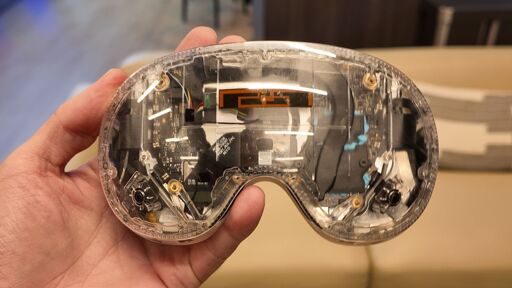With the launch of the Steam Frame, Valve’s new VR headset, SteamOS will be made available for Arm-based systems. This is required to support the new headset, which is using a Snapdragon processor to run games without requiring a tether to a gaming PC. However, it’s also a sign that times are changing, as systems running on Arm are receiving much greater support from Valve.
Valve has been largely focused on x86 processors over the years. These chips from AMD and Intel are the dominant player in PC gaming, so it only makes sense as to why. But in recent months, Arm support is seeping into Steam in a variety of ways.
SteamOS will receive Arm support with the launch of the Steam Frame sometime next year. I don’t suspect you’ll be able to take that ISO file and load it onto any old Arm-based device right away, like a modern mobile phone, and have it just work. It’s still not possible to stick SteamOS on any gaming PC and have it just work, but it is improving in that regard. The chip powering the Steam Frame isn’t unique to the headset, however. It’s the Snapdragon 8 Gen 3 (SM8650), which is found within various flagship phones, such as the Asus ROG Phone 8.
“This is already fully open source, so you could download it and run SteamOS, now that we will be releasing SteamOS for Arm, you could have gaming on any Arm device,” Jeremy Selan, an engineer at Valve, says.
“This is the first one. We’re very excited about it.”
Valve has been working on SteamOS for Arm for a while, as experimental support was spotted for Arm in the SteamOS runtime earlier this year.
That’s not the only way that Arm is headed to Steam, however. Many of today’s VR games are not developed for SteamVR first off, they’re developed for something like Meta’s Horizon OS, or to a lesser degree, Android XR. Both use the Arm-native Android operating system. The Steam Frame looks to capitalise on this widespread support with its own Arm chip, by running Android program files called APKs.
“So we’re able to run arm APKs on this device as well,” Valve engineer Jeff Leinbaugh says.
“So for partners and developers who have developed applications for other mobile VR, they’ll just work on this headset,” Selan follows up.
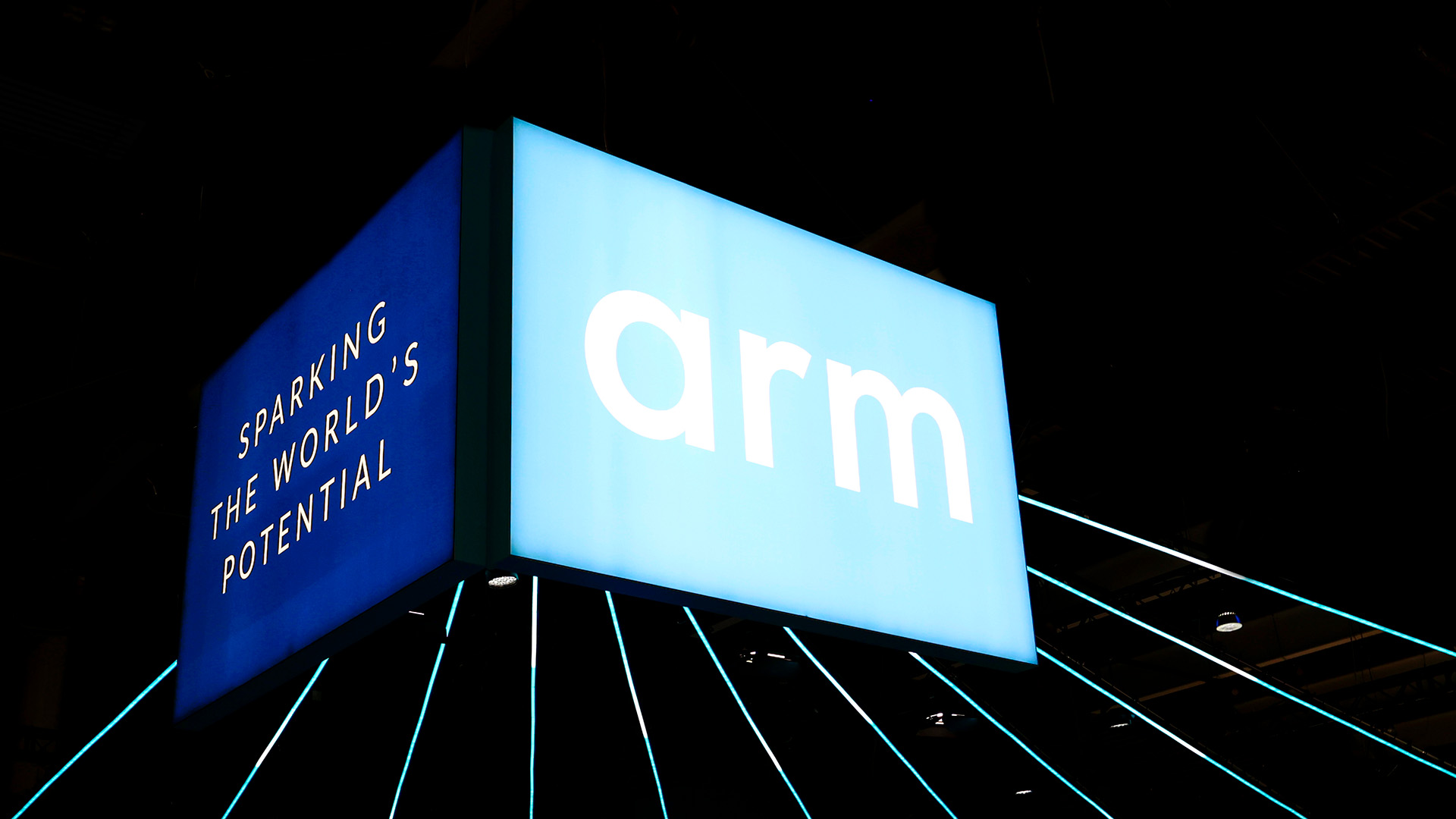
(Image credit: Photo by Joan Cros/NurPhoto via Getty Images)
Moreover, I’m told that Valve will be allowing APKs to be listed on Steam’s storefront from this time, opening the doors to VR developers that have been focusing on game support for standalone headsets, such as the Quest 3.
“Absolutely, that’ll be a new thing that Steam will do,” says Lawrence Yang, a designer at Valve.
Though if a game isn’t natively developed for Android/Arm, there’s a chance it’ll still run on the Steam Frame through a translation layer called FEX. In a similar way to what Proton does for Windows games, in order to run them on Linux, FEX takes x86 games and emulates them on Arm chips. There’s a performance hit from this conversion, some games more so than others, and Valve tells me it will create something aking to a Frame Verified program similar to the Steam Deck’s Deck Verified program to make game support as clear as possible for users.
Image 1 of 3
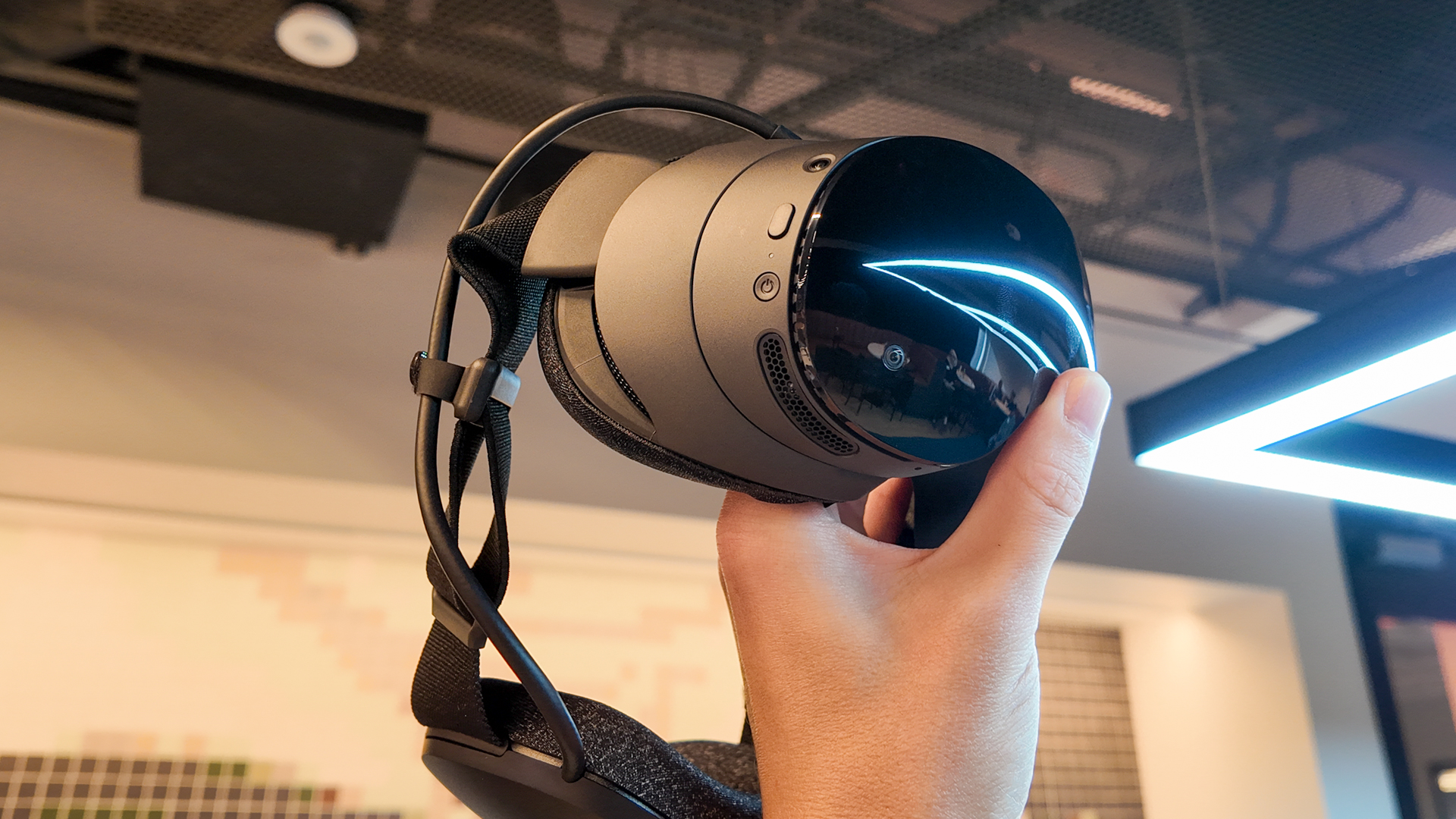
(Image credit: Future)
Image 2 of 3
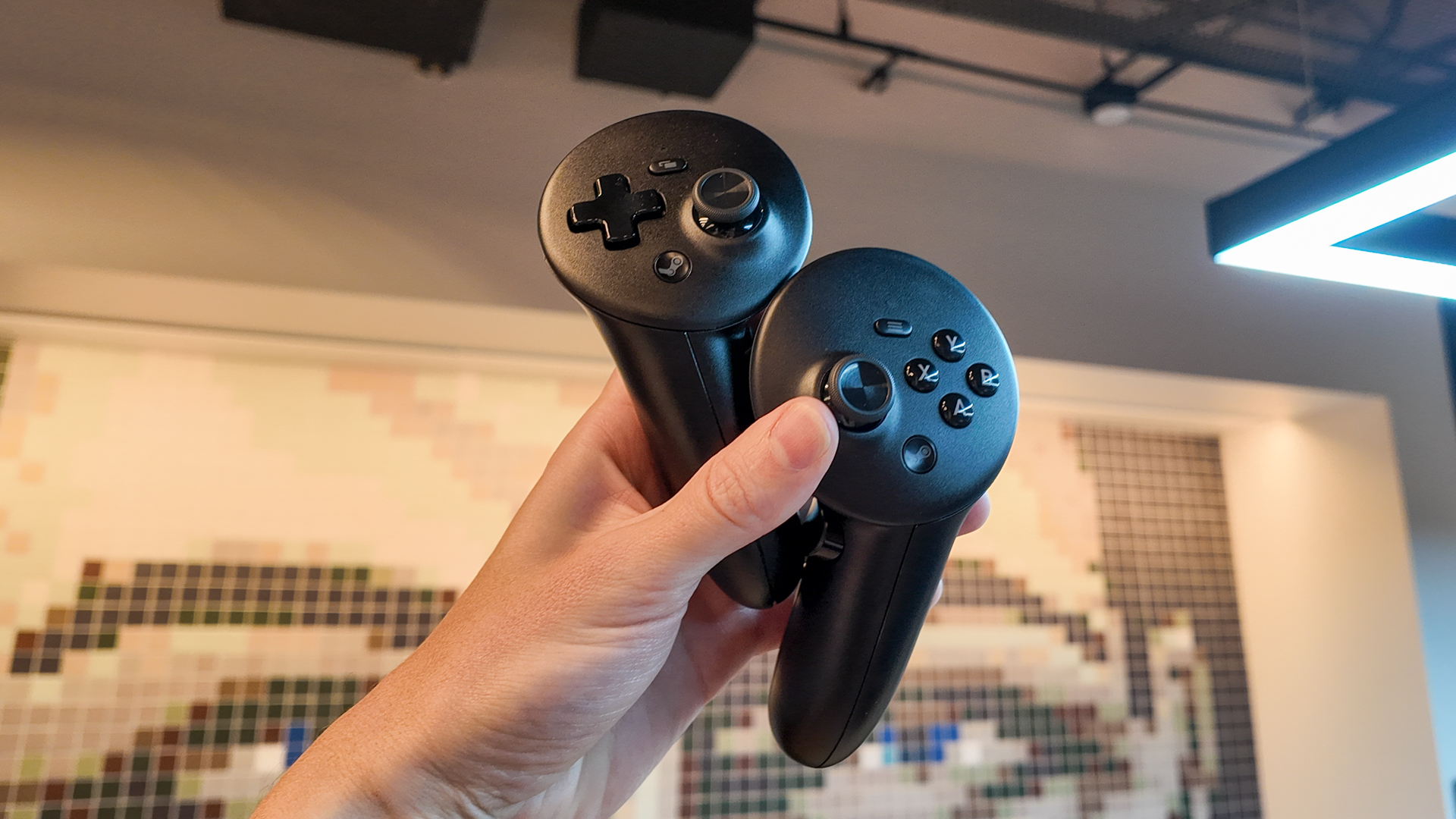
(Image credit: Future)
Image 3 of 3
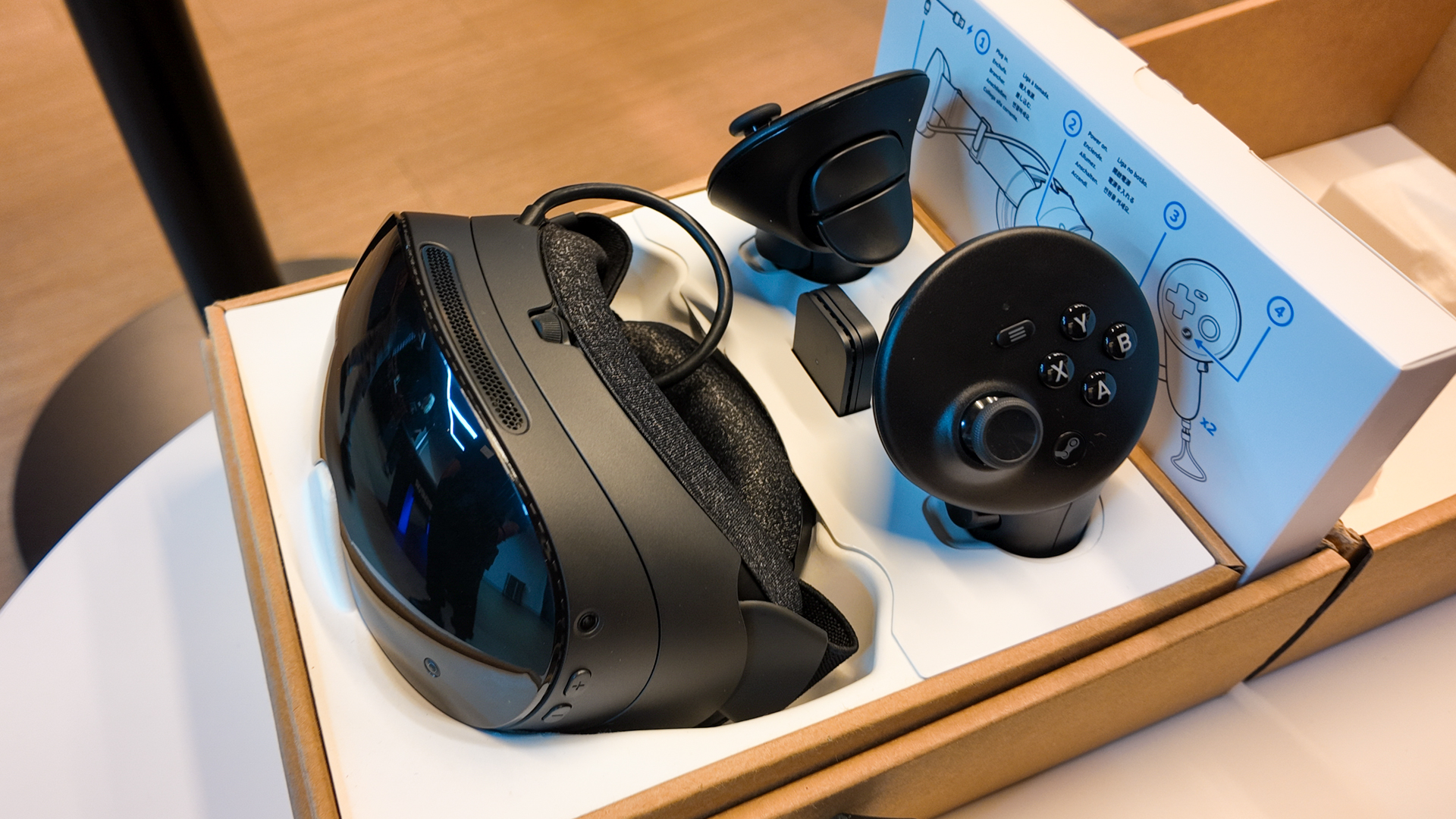
(Image credit: Future)
Valve’s hot hardware

(Image credit: Future)
Steam Frame: Valve’s new wireless VR headsetSteam Machine: Compact living room gaming boxSteam Controller: A controller to replace your mouse
Another way that Arm support is expanding on Steam is through the Steam client itself. Valve released a native Steam client application for Apple systems using Apple Silicon (Arm chips designed by Apple) back in June. Until this point, Macs had required effectively emulating Steam’s x86 code to run on Arm, which has some extra overhead affecting performance.
Other Arm-based systems, such as laptops running Qualcomm’s Snapdragon X Elite chips, are still reliant on emulation, which offers mixed results. Valve hasn’t confirmed anything about a native Windows on Arm version of Steam, though I’d bet on this being next for release. I’ve reached out to Valve for an answer on this one.
“We really want to try to welcome all developers to Steam, and if they’re most comfortable creating their software for a certain type of development, like Arm APKs, we want to make sure that’s compatible. If they’d rather do x86 and PC, we’ll bring that to our system,” Selan says.
To sum up everything in this article: SteamOS on Arm, games developed for Arm are coming to Steam, Steam is already on Apple Silicon (Arm), FEX runs x86 games on Arm, and Steam does not yet run natively on Windows on Arm. Got it?
From PCGamer latest via this RSS feed


